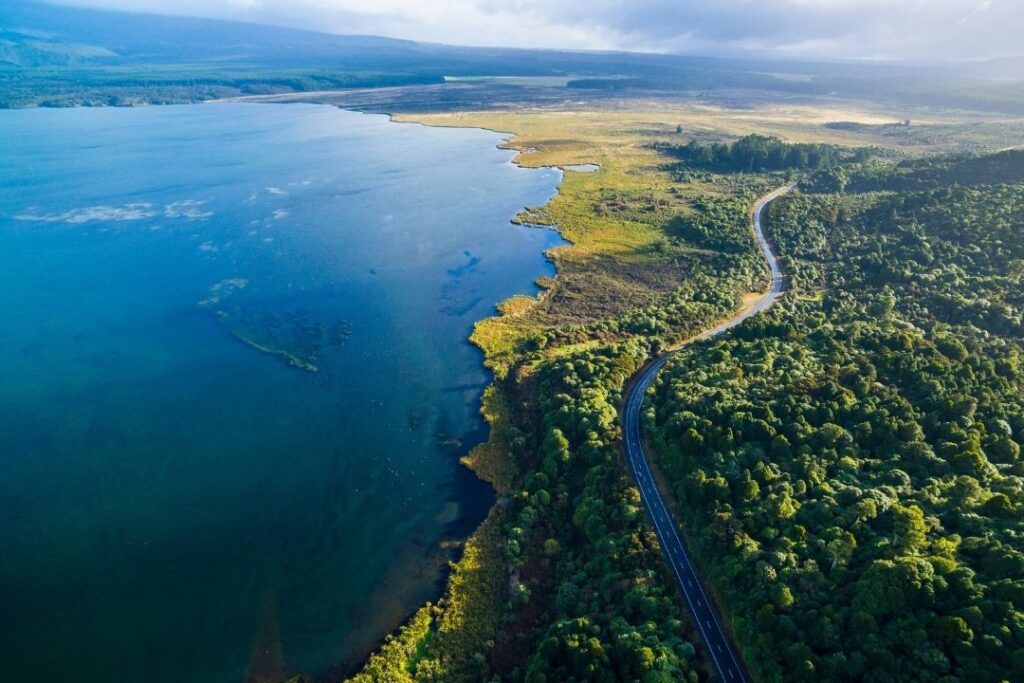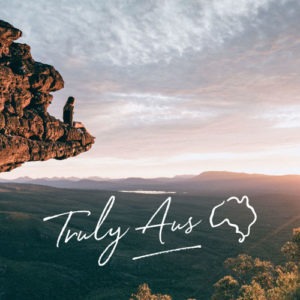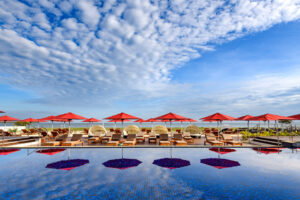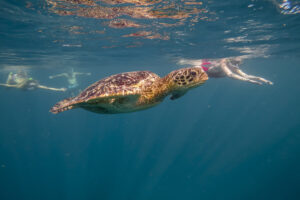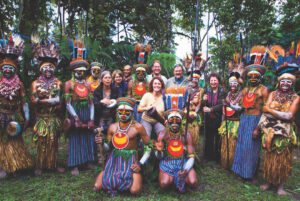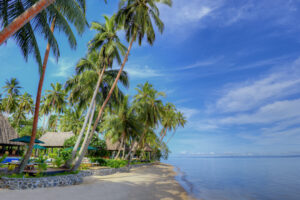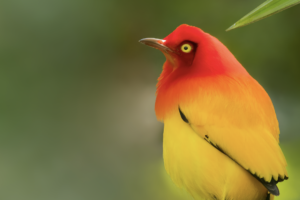Hidden away on Lake Taupo is a huge Māori rock carving at Mine Bay, with a story carved out into the rock face that delves into significant Māori culture. Visiting this carving is best done sustainably, with Sail Barbary.
Aboard Sail Barbary’s electric yacht, you will not only experience sailing on the crystal-blue waters of Lake Taupō but do so sustainably with minimal impact on the environment. I couldn’t think of a better way to embark on my journey to this famous piece of art and my excitement warmed me on the brisk morning I set off.
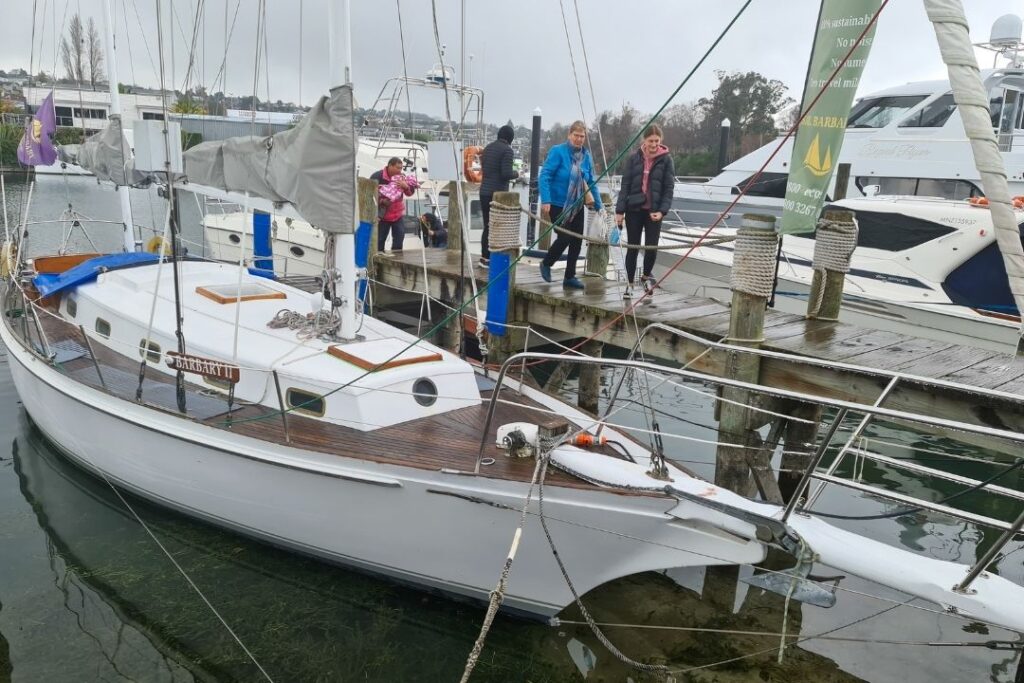
The day begins with a relaxing journey across the crystal-clear waters of Lake Taupo to the scenic Western Bays. The dramatic coastline here tells the story of Taupō’s volcanic past. Beyond the shoreline, stunning vistas spread out along the horizon and the distant peaks of majestic mountains rise high above the lake.
The lake is surprisingly busy and I was in awe of its size. The largest freshwater lake in Australasia, Lake Taupo is at the heart of New Zealand’s central volcanic plateau. When the sun shines, the lake changes colour between a rich aquamarine blue and jade green. Its waters are at times crystal-clear to a depth of 13 metres. Birdlife is in an abundance on the lake and as an avid wildlife photographer, I was in my element capturing photos.
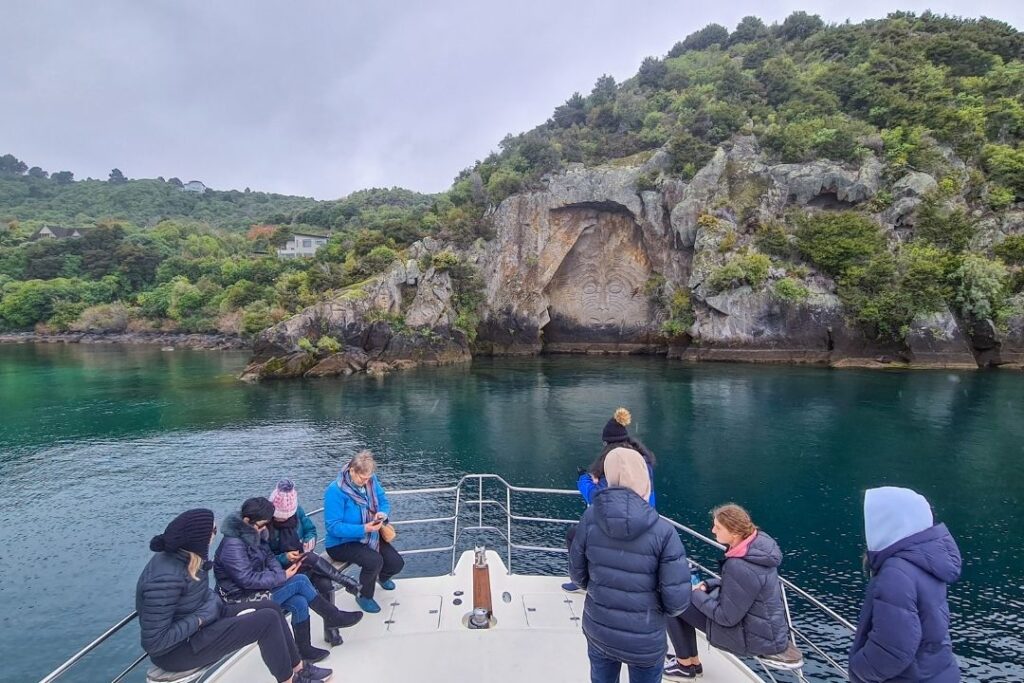
The peaceful journey on the quiet, zero-emissions yacht enhances the serenity and I felt better knowing my travel footprint was lightened by this sustainable approach. Of course, if the ride is too relaxed for you, there is the opportunity to get more hands-on and take the wheel or help hoist the sails. A little too active at this time of the morning for me, I opted for perching myself up on the deck and watching the scenery pass me by as we glided across the water.
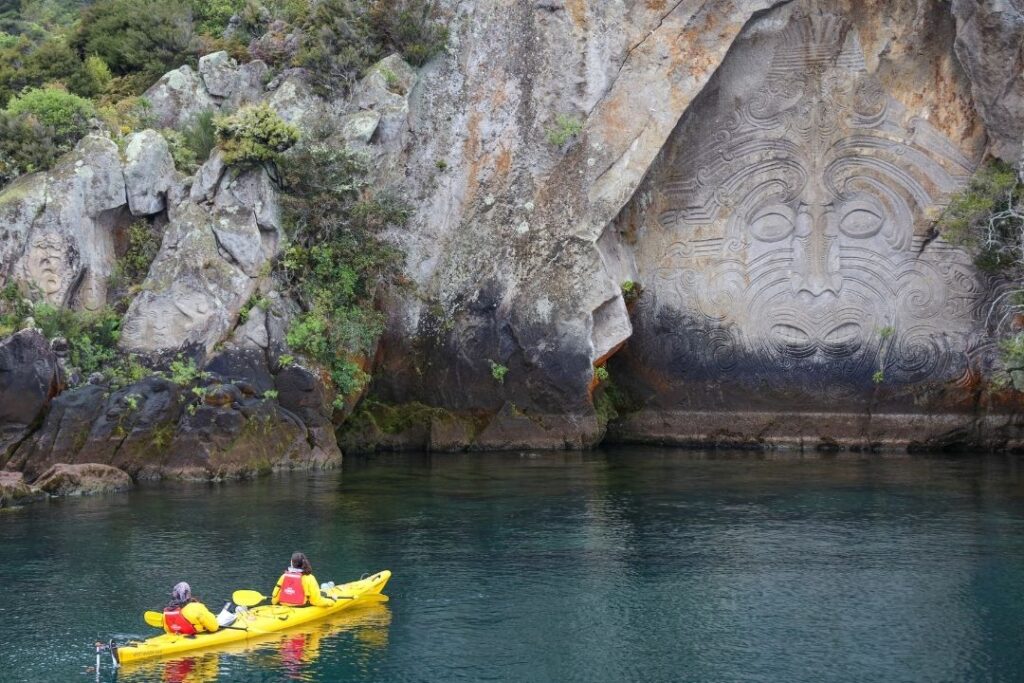
The main attraction
While sailing the lake is a delight in itself, the main attraction is the 14 metre Māori rock carving at Mine Bay. With Sail Barbary, you get up close and experience the cultural significance of the Carvings, as the guide tells the story of the masterful artistry of Matahi Whakataka-Brightwell.
In the late 1970s master carver Matahi Whakataka-Brightwell had completed his 10-year training period with Māori elders. The story goes, he came to his grandmother’s land at Lake Taupō to mark the occasion with a significant carving.
Matahi decided to carve a likeness of Ngatoroirangi, a visionary Māori navigator who guided the Tūwharetoa and Te Arawa tribes to the Taupō area over a thousand years ago. In recognition of the cross-cultural nature of New Zealand, Matahi carved two smaller figures of Celtic design, which depict the south wind and Ngatoroirangi stopping the south wind from freezing him.
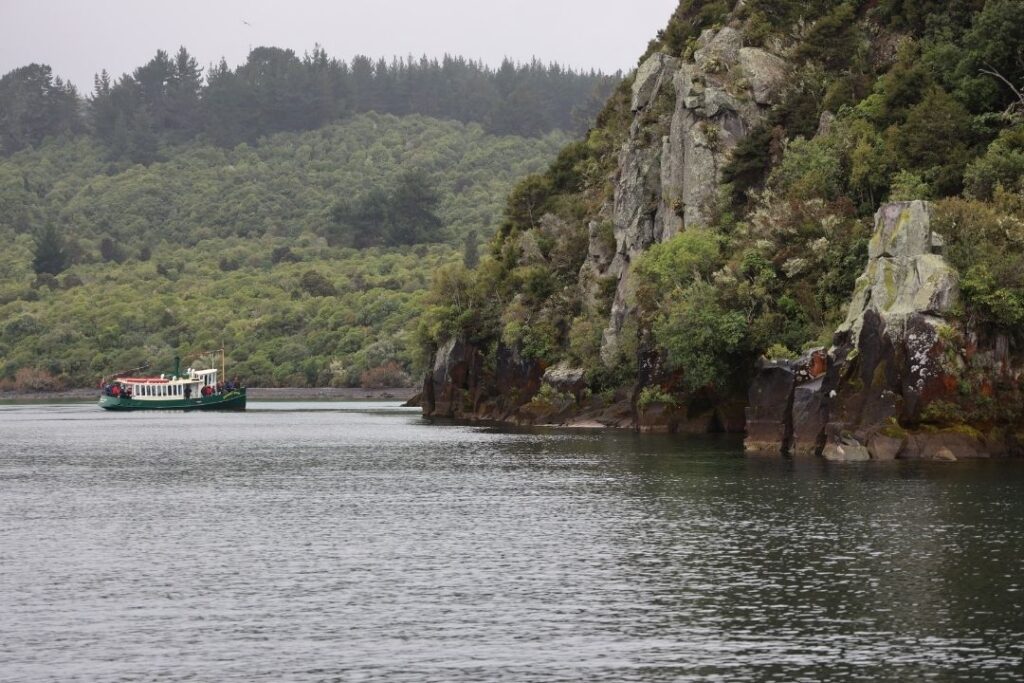
The intricate detail of the carving was further enhanced by the darkened moss growing throughout the nooks and crevasses. Marvelling at the artwork, I can’t help but wonder how long it would take to create such a vision. As we snapped the last of many photos, a couple of kayakers paddled up to the carvings to get a water-level view of the massive artwork. I am told that in summer, you can jump overboard for a swim and I imagine it would be even more impressive to see the carvings from such an angle.
The fact that this world-renowned site is only accessible by boat, makes it all the more special. Visiting it with Sail Barbary on their 100 per cent emission-free yacht lets you immerse yourself in the experience without the distracting rumble of a motor or the smell of noxious fumes.
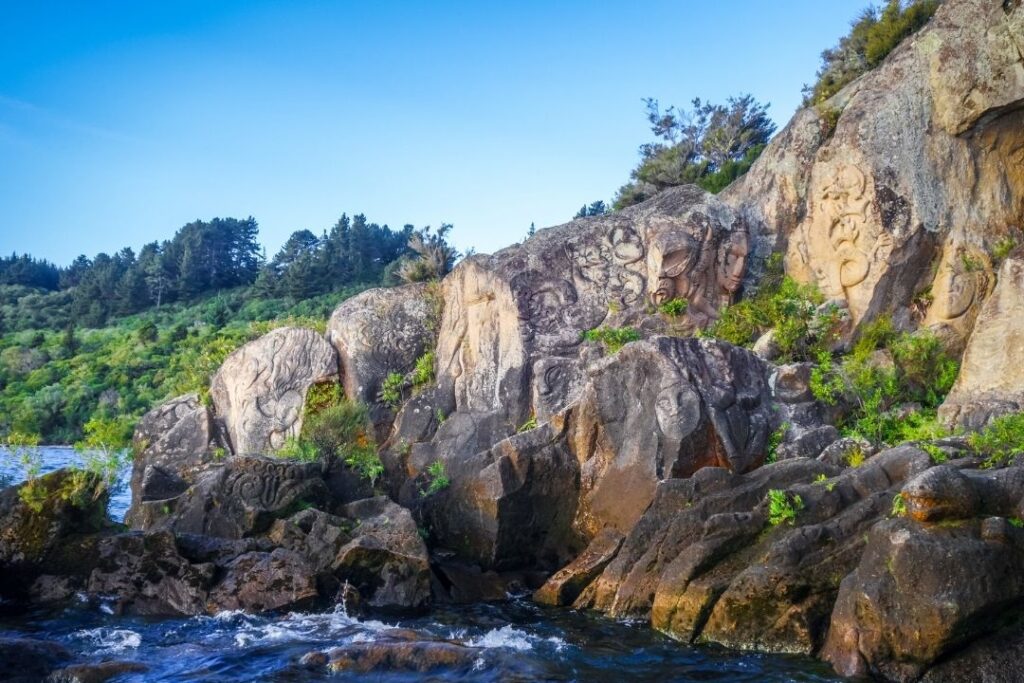
I applaud their commitment to sustainability, which doesn’t end with the fleet but carries into reducing packaging waste and employing environmentally friendly cleaning products to using recycled and bio-degradable goods on board.
Cruising back to the shore we passed another vessel heading out to the carvings. The boat powered along with a motor and I immediately noticed the difference in sound pollution. Like being at an art gallery observing the works of art, I appreciate the quietness and the choice to see the Māori rock carving on Sail Barbay’s electric boat was justified.
Stretching some 34km long, Farewell Spit is one of the longest natural sandpits in the world. Read about the moving sands of farewell spit here.

